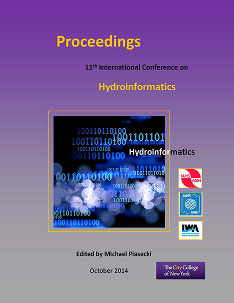Document Type
Presentation
Publication Date
8-1-2014
Abstract
Hydraulic jump is one of the most extended and effective mechanism for hydraulic energy dissipation. Usually, hydraulic jump characteristics have been studied through physical models. Nowadays, computational fluid dynamics (CFD) are an important tool that can help to analyze and to understand complex phenomena that involve high turbulence and air entrainment cases. Free and submerged hydraulic jumps with Froude numbers from 2.9 to 5.5 are studied in a rectangular channel downstream a sluice gate. Velocity measurements with different flow rates are carried out by using Acoustic Doppler Velocimeter (ADV) and Particle Image Velocimeter (PIV) instrumentations. In this paper, laboratory measurements are used to calibrate and to validate open source and commercial CFD programs. Air-water two-phase flows are considered in the simulations. The closure problem is solved by using different turbulence models. Water depths, hydraulic jumps lengths, velocity profiles and energy dissipation rates are compared with laboratory measurements and other referenced results.



Comments
Session R19, Hydraulic Applications: Numerical and Experimental Devices and Flow Interaction